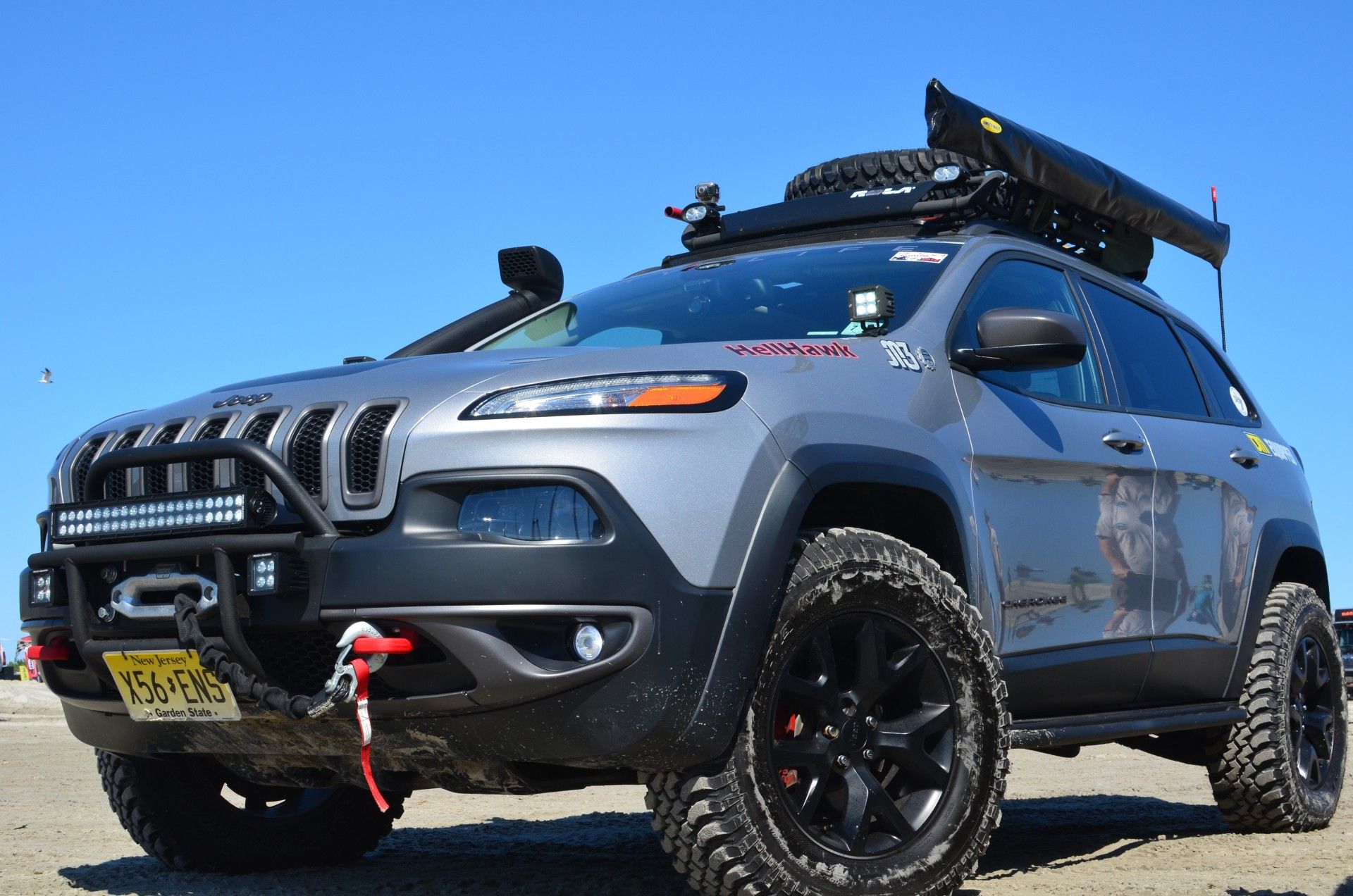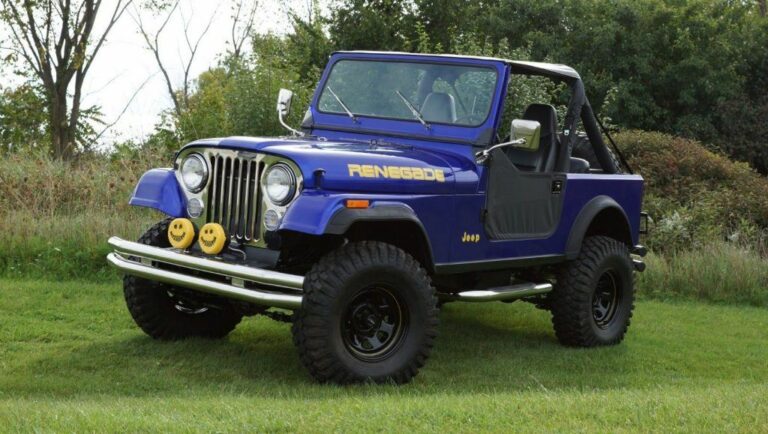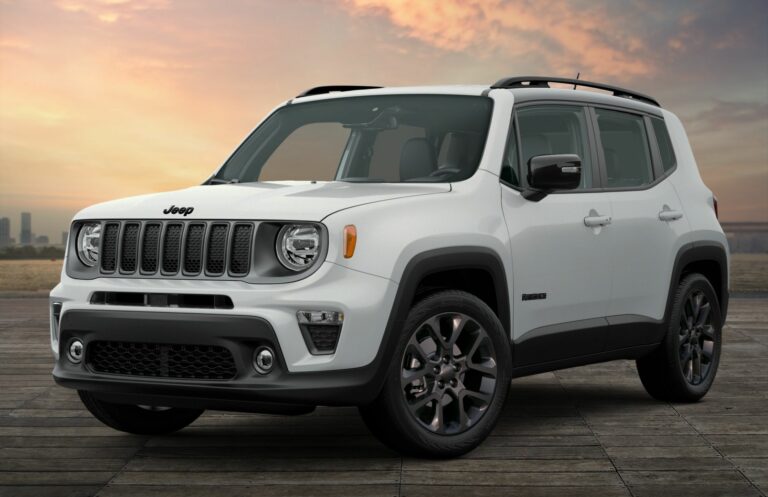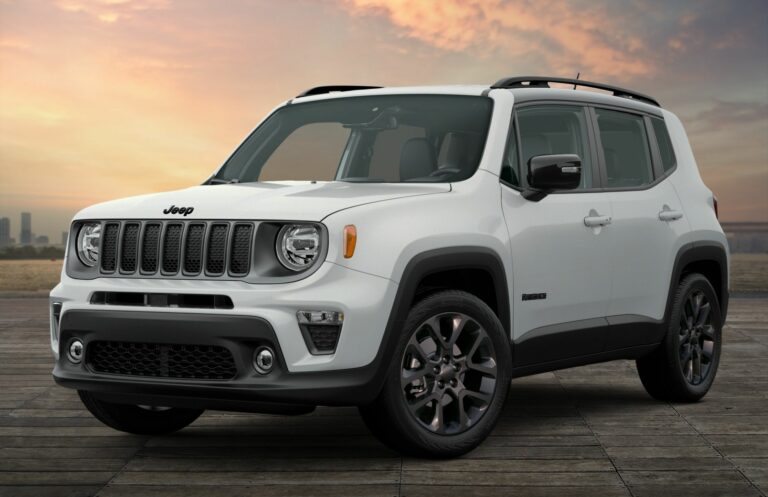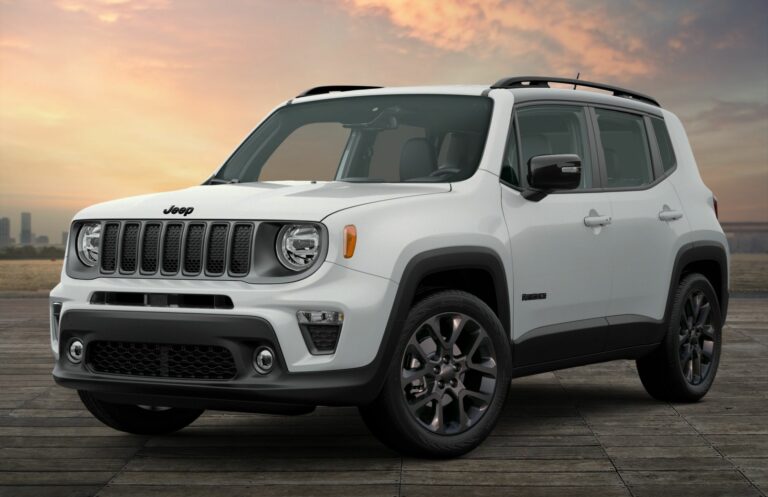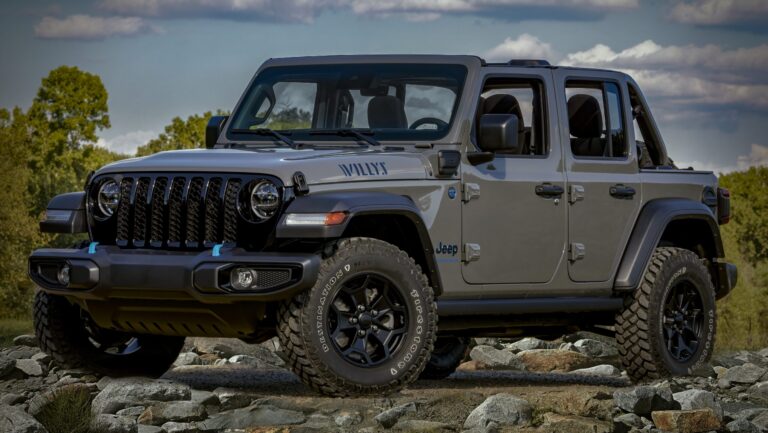Jeep Cherokee Lift Kit: Elevating Your Adventure
Jeep Cherokee Lift Kit: Elevating Your Adventure jeeps.truckstrend.com
The Jeep Cherokee, a name synonymous with rugged capability and adventurous spirit, has captivated enthusiasts for decades. From the iconic XJ to the modern KL, this versatile SUV has proven itself both on pavement and off the beaten path. For many Cherokee owners, however, the journey doesn’t stop at factory specifications. The desire for enhanced off-road prowess, improved aesthetics, and the ability to conquer more challenging terrains often leads them to a popular modification: the Jeep Cherokee Lift Kit.
A Jeep Cherokee lift kit is more than just a cosmetic upgrade; it’s a fundamental modification designed to increase the vehicle’s ground clearance, allow for larger tires, and often improve suspension articulation. This transformation unlocks a new level of capability, turning an already capable vehicle into an even more formidable off-road machine, while also giving it a commanding presence on the road.
Jeep Cherokee Lift Kit: Elevating Your Adventure
What Exactly is a Jeep Cherokee Lift Kit?
At its core, a Jeep Cherokee lift kit is a package of components designed to raise the vehicle’s body and/or suspension relative to its axles. The specific components included in a kit vary greatly depending on the desired lift height, the Cherokee generation (XJ, KJ, KK, KL), and the kit’s overall design philosophy.
Common components found in a Jeep Cherokee lift kit include:
- Coil Springs/Leaf Springs: Replaces factory springs with longer or stiffer versions to increase ride height.
- Shock Absorbers: Longer shocks are necessary to accommodate the increased suspension travel and maintain proper damping.
- Control Arms: Especially for larger lifts, adjustable or longer control arms (front and rear) are crucial to correct axle positioning and maintain proper caster/pinion angles.
- Track Bar: An adjustable track bar is often included to re-center the front axle after a lift.
- Sway Bar Disconnects/Extended Links: Allows for increased articulation off-road by disconnecting the sway bar or providing extended links to prevent binding.
- Brake Line Extensions: Longer brake lines are needed to prevent stretching or damage as the suspension extends.
- Transfer Case Drop Kit/Slip Yoke Eliminator (SYE): For XJ Cherokees with significant lifts, these components help correct driveshaft angles to prevent vibrations.
- Bump Stops: Extended bump stops prevent the suspension from over-compressing and damaging components.


Why Lift Your Jeep Cherokee? The Benefits Unleashed
The decision to install a Jeep Cherokee lift kit is driven by several compelling advantages:
- Enhanced Off-Road Capability: This is arguably the primary reason. Increased ground clearance allows your Cherokee to clear obstacles like rocks, logs, and deep ruts without scraping the undercarriage. Better approach, departure, and break-over angles mean you can tackle steeper inclines and declines with confidence.
- Accommodate Larger Tires: A lift kit provides the necessary fender clearance to fit larger diameter tires. Larger tires further boost ground clearance and offer a larger contact patch for improved traction on varied terrains. They also look fantastic!
- Improved Suspension Articulation: Many quality lift kits include components that allow the suspension to flex more, keeping all four wheels on the ground over uneven terrain. This maximizes traction and stability in challenging off-road conditions.
- Aggressive Aesthetics: There’s no denying the visual appeal. A lifted Jeep Cherokee simply looks more rugged, capable, and commanding, turning heads wherever it goes.
- Better Visibility: A higher driving position can offer a better vantage point, both on and off the road.

Types of Jeep Cherokee Lift Kits
The world of Jeep Cherokee lift kits offers a spectrum of options, each suited for different needs and budgets:
- Budget Boost/Spacer Lifts (1-2 inches): These are the most economical options, typically consisting of polyurethane or steel spacers that sit on top of the factory coil springs (or under them for some designs). They offer a modest lift for larger tires and a slightly improved stance without significantly altering ride quality or requiring extensive modifications. They are common for KL Cherokees.
- Coil Spring/Leaf Spring Lifts (2-4.5 inches): These kits replace the factory springs (and often shocks) with longer, aftermarket versions. They provide a true suspension lift, improving both height and often ride quality and articulation. This is a very popular choice for XJ Cherokees, offering a good balance of performance and drivability.
- Full Suspension Lifts with Control Arms (3-6.5 inches): For more serious off-roading, these kits include new springs, shocks, and adjustable control arms (short arm or long arm).
- Short Arm Kits: Use control arms that are similar in length to factory ones but are adjustable to correct pinion and caster angles. They are simpler to install but can cause harsher ride angles at higher lifts.
- Long Arm Kits: These are designed for significant lifts (4.5+ inches, primarily for XJ). They replace the factory short control arms with much longer ones, relocating their mounting points closer to the center of the vehicle. This drastically improves suspension geometry, providing a smoother ride, better articulation, and less driveline vibration at extreme lift heights. They are more complex and expensive to install.
- Body Lifts (Less common for Cherokee): While popular on body-on-frame trucks and SUVs, body lifts are generally not applicable to the unibody XJ, KJ, KK, or KL Cherokees. These vehicles integrate the frame and body, so a true "body lift" in the traditional sense is not feasible. Any lift on a Cherokee is a suspension lift.
Choosing the Right Lift Kit for Your Cherokee
Selecting the ideal Jeep Cherokee lift kit involves careful consideration of several factors:
- Your Cherokee Generation: XJ, KJ, KK, and KL Cherokees have vastly different suspension designs. Lift kits are specific to each generation. The XJ, with its solid axles, offers the most extensive and aggressive lift options. The KJ/KK (Liberty) and KL (modern Cherokee) have independent front suspensions, limiting lift height and complexity.
- Intended Use: Will your Cherokee be a daily driver that occasionally sees dirt roads, or a dedicated rock crawler? A mild spacer lift might suffice for the former, while a long arm kit is essential for the latter.
- Desired Tire Size: The size of tires you plan to run directly dictates the amount of lift needed. Consult tire clearance charts for specific Cherokee models and lift heights.
- Budget: Lift kits range from a few hundred dollars to several thousand. Factor in not just the kit cost but also potential installation fees, alignment, and complementary upgrades (e.g., larger tires, re-gearing).
- Installation Complexity: Are you comfortable with a DIY project, or will you pay a professional? Simpler kits are easier to install, while complex long arm kits require specialized tools and expertise.
Installation Overview: DIY or Professional?
Installing a Jeep Cherokee lift kit can be a rewarding DIY project for the mechanically inclined, but it’s not a task to be taken lightly. It requires proper tools, mechanical aptitude, and a strong emphasis on safety.
General Steps (Vary by Kit/Vehicle):
- Safety First: Always use jack stands, wheel chocks, and proper lifting equipment. Disconnect the battery.
- Remove Wheels: Get the vehicle up on stands and remove all four wheels.
- Disconnect Suspension Components: This involves unbolting shocks, sway bar links, brake lines, and control arms as needed.
- Remove Old Springs: Use a spring compressor if necessary (though often not needed if the axle is fully dropped).
- Install New Components: Fit the new springs, shocks, control arms, and other kit components.
- Reconnect Everything: Torque all bolts to factory specifications or kit recommendations.
- Address Ancillary Components: Install extended brake lines, track bar, transfer case drop, etc.
- Lower Vehicle & Settle Suspension: Lower the vehicle slowly and allow the suspension to settle before final torquing.
- Alignment: A professional alignment is crucial after any suspension lift to correct camber, caster, and toe angles. This prevents premature tire wear and ensures safe handling.
DIY vs. Professional:
- DIY: Saves money on labor, provides a sense of accomplishment, and allows for learning. Requires a well-equipped garage, patience, and adherence to instructions.
- Professional: Ensures correct installation, proper torque, and immediate alignment. Recommended for larger, more complex kits or if you lack experience/tools.
Important Considerations & Potential Challenges
While the benefits are significant, installing a Jeep Cherokee lift kit can introduce new challenges that need to be addressed:
- Driveshaft Angles & Vibrations: Especially on XJ Cherokees with 3+ inches of lift, changing driveshaft angles can cause vibrations, particularly at highway speeds. Solutions include transfer case drop kits, motor mount lifts, or a Slip Yoke Eliminator (SYE) kit combined with a CV driveshaft.
- Steering Geometry: Lifting can affect steering geometry, leading to bump steer (steering wheel jerks over bumps) or wandering. Adjustable track bars, extended pitman arms, and proper alignment are key to correcting this.
- Brake Lines & ABS Wires: Ensure brake lines and ABS wires are long enough to accommodate full suspension droop to prevent damage.
- Tire Clearance: While the lift provides clearance, larger tires might still rub at full turn or articulation, requiring minor fender trimming or bump stop extension.
- Ride Quality: While some aftermarket kits improve ride quality, very stiff or poorly matched components can lead to a harsher ride than stock.
- Legality: Check local laws regarding vehicle height and tire protrusion, as some regions have restrictions.
- Warranty: Major suspension modifications can void parts of your vehicle’s factory warranty.
Tips for Maximizing Your Lifted Cherokee’s Performance
- Proper Alignment: Cannot be stressed enough. Get a professional alignment immediately after installation.
- Tire & Wheel Choice: Select tires appropriate for your intended use (all-terrain for mixed use, mud-terrain for serious off-roading). Ensure wheel backspacing is correct to prevent rubbing and improve stability.
- Re-gearing: For larger tires (especially 33 inches and up), re-gearing the differentials can restore lost power, improve fuel economy, and reduce strain on the drivetrain.
- Upgrade Steering Components: Heavier tires and off-road abuse can strain factory steering. Consider upgrading to stronger tie rods, drag links, and a heavy-duty steering box brace.
- Regular Maintenance: Inspect suspension components regularly for wear, loose bolts, and damage, especially after off-road excursions.
- Learn to Drive Off-Road: A lifted Cherokee is more capable, but off-roading skills are paramount. Learn proper techniques for obstacle negotiation, recovery, and vehicle control.
Jeep Cherokee Lift Kit: Estimated Price Guide
Please note that prices are estimates and can vary significantly based on brand, quality, specific components included, and where you purchase the kit. Installation costs are not included.
| Lift Type/Height (Typical) | Estimated Price Range (USD) | Key Features/Notes | Target Cherokee Model |
|---|---|---|---|
| Budget Boost/Spacer Kit (1-2") | $100 – $350 | Simple spacers (coil/strut). Minor lift for larger tires. Maintains factory ride. | XJ, KJ, KK, KL |
| Basic Coil/Leaf Lift (2-3") | $400 – $800 | New coil springs (front) & leaf springs/shackles (rear for XJ), often new shocks. Good for mild off-roading. | XJ, KJ, KK |
| Full Suspension Kit (3-4.5") | $800 – $1,500 | New springs, shocks, short adjustable control arms, adjustable track bar. Improved articulation & ride. | XJ, KJ, KK |
| Long Arm Kit (4.5-6.5") | $1,800 – $3,500+ | Replaces factory control arms with longer ones for superior geometry and articulation at extreme heights. Often includes SYE. | XJ (Serious Off-road) |
| Cherokee KL Specific Lifts (1-2") | $300 – $1,000+ | Primarily strut spacers or mild coil replacements. Designed for the unibody, IFS/IRS setup. | KL |
Disclaimer: These prices are for the lift kit components only and do not include installation labor, alignment, or any other necessary complementary modifications (e.g., tires, wheels, re-gearing, driveshaft upgrades).
Frequently Asked Questions (FAQ) About Jeep Cherokee Lift Kits
Q1: How much lift do I need for my Jeep Cherokee?
A1: It depends on your goals. For larger tires (e.g., 31-32" on an XJ, 29-30" on a KL) and mild off-roading, 2-3 inches is often sufficient. For serious rock crawling or very large tires (33"+ on an XJ), 4.5 inches or more might be necessary, often requiring more extensive modifications.
Q2: Will a lift kit void my Jeep Cherokee’s warranty?
A2: Generally, modifying the suspension can void the portion of your factory warranty related to suspension, drivetrain, and steering components. It’s best to check with your dealership beforehand. Aftermarket warranties are available for some lift kits.
Q3: Do I need new tires and wheels after installing a lift kit?
A3: While not strictly mandatory for very small lifts, it’s highly recommended. The primary reason for a lift is often to fit larger tires, which directly benefit ground clearance and traction. New wheels might be needed to achieve proper backspacing and prevent rubbing.
Q4: What’s the difference between a short arm and a long arm lift kit for an XJ Cherokee?
A4: Short arm kits use control arms similar in length to factory ones, which can cause harsh ride angles at higher lifts. Long arm kits use much longer control arms mounted further back on the frame, providing better suspension geometry, smoother ride quality, and superior articulation, especially for lifts over 4.5 inches.
Q5: Will a lift kit affect my Jeep Cherokee’s fuel economy?
A5: Yes, a lift kit, especially when combined with larger, heavier tires, will generally decrease fuel economy. The increased drag from the lift and larger tires, combined with their rotational mass, puts more strain on the engine. Re-gearing can help mitigate some of this loss.
Q6: Is it safe to install a lift kit myself?
A6: For experienced DIYers with proper tools and safety equipment, a basic lift kit can be installed safely. However, more complex kits (e.g., long arm) or those requiring cutting/welding should ideally be left to professional installers. Always follow the manufacturer’s instructions meticulously.
Conclusion
The Jeep Cherokee lift kit is a transformative upgrade that significantly enhances the capabilities and aesthetics of your beloved SUV. Whether you own a classic XJ, a capable KJ/KK, or a modern KL, there’s a lift solution to match your adventurous spirit. From conquering tougher trails to simply turning heads on the street, a properly chosen and installed lift kit opens up a world of new possibilities for your Cherokee. By understanding the different types of kits, considering your specific needs, and being aware of the potential challenges, you can confidently elevate your Jeep Cherokee, ready for any adventure that lies ahead.

